
 Instagram
Instagram
Related products
Olives: Health Benefits, Nutrition and More
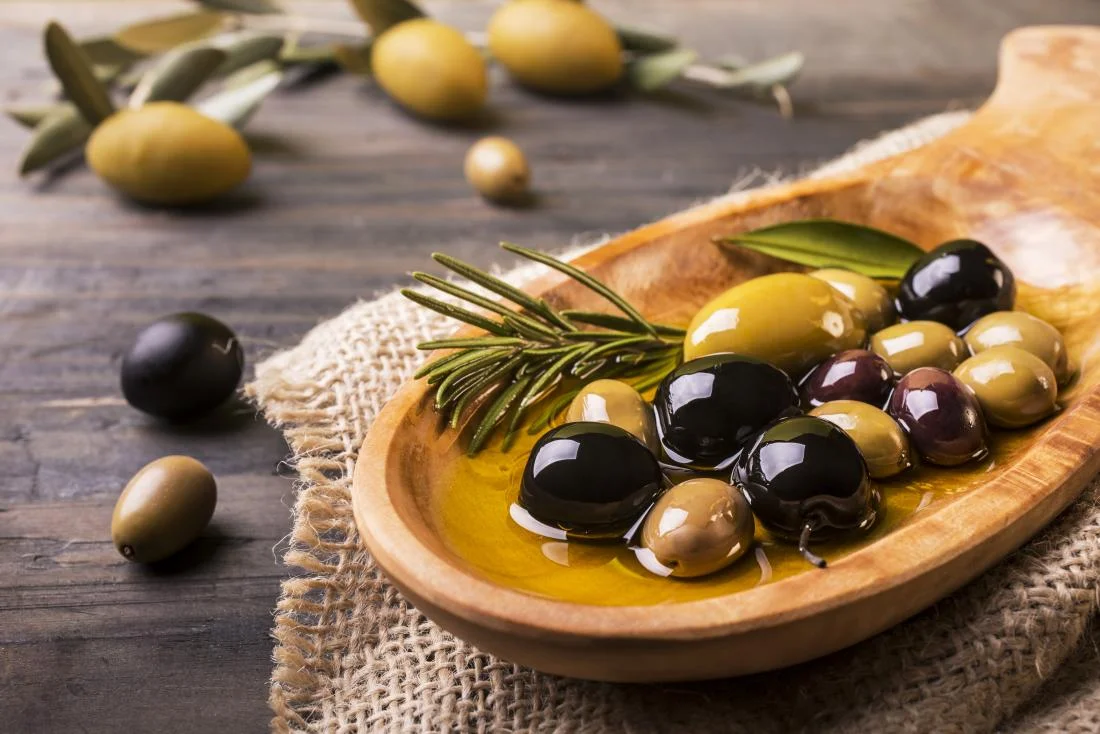
Related products

Introduction to Olives
Olives are tiny, oval-shaped fruits native to the Olea europaea tree. Although planted in South America and California, these trees are typically found in the Mediterranean basin, particularly in Spain, Italy, Morocco, Greece, and Turkey. Naturally rich in monounsaturated fats and antioxidants like vitamin E, olives help protect the body from disease-causing free radical damage.
What is the Nutritional Composition of Olives?
Olives contain 115–145 calories per 3.5 ounces (100 grams), or about 59 calories for ten olives.
The nutrition facts for 3.5 ounces (100 grams) of ripe, canned olives are;

Fat
Oleic acid, a monounsaturated fatty acid, makes up 74% of olives' 11–15% fat. It is the primary ingredient in olive oil.
One of oleic acid's many health advantages is reduced heart disease and inflammation risk. In the battle against cancer, maybe.
Carbs and fibre
Olives have 4–6% carbs, which makes them a low-carb fruit.
These carbohydrates are mostly fibre. 52–86% of the total carbohydrates are fibre.
This results in a shallow net digestible carb content. Even with just 1.5 grams of fibre per 10 olives, olives remain a relatively low-fibre food.
Vitamins and minerals
Several vitamins and minerals, some of which are added during processing, are present in olives in excellent amounts. The healthy ingredients in this fruit include:
- Alpha Lipoic Acid: Plant meals rich in fat often have significant concentrations of this potent antioxidant.
- Iron: Iron is necessary for red blood cells to carry oxygen and is present in black olives.
- Copper: The typical Western diet often lacks this vital mineral. Heart disease risk may rise if a person is copper deficient.
- Calcium: Calcium, the most prevalent mineral in the body, is necessary for healthy bones, muscles, and nerves. Specific olive processing techniques provide the fruit with more calcium.
- Sodium: Because most olives are packed in brine or saltwater, they often have significant sodium content.
Other plant compounds
Olives are a great source of several plant chemicals, especially antioxidants, such as:
- Oleuropein: Raw, unripe olives are the most prevalent antioxidant. It has several positive health effects.
- Hydroxytyrosol: Oleuropein undergoes a breakdown into hydroxytyrosol during the ripening of olives. It is a potent antioxidant as well.
- Tyrosol: This antioxidant, often found in olive oil, may have anti-cancer properties.
- Acid olean: This antioxidant may lessen inflammation and protect against liver damage.
- Quercetin:This vitamin may strengthen the heart and reduce blood pressure.
What are the Health Benefits of Olives?
Nutrient-dense olive oil supports our cardiometabolic health, which includes heart, blood, and blood vessel health. Following are some of the health benefits of eating olives.
1. Antioxidant and Anti-Inflammatory Nutrients
Although olives are a rich source of essential minerals like vitamin E, olive oil is often recognised as the component with the most excellent anti-inflammatory properties. Fat-soluble vitamin E helps the body scavenge free radicals, which damage the cells. This helps to lessen oxidative stress, which results from an imbalance between antioxidants and free radicals in the body. In the end, this reduces the chance of becoming sick.
Flavonoids are naturally occurring nutritional chemicals in a wide variety of fruits and vegetables, including quercetin, an anti-inflammatory and antioxidant. It also includes hydroxytyrosol, a polyphenol, another naturally occurring dietary substance with potent antioxidant, anti-inflammatory, and anti-cancer effects.
2. Support Heart Health
Monounsaturated fatty acids, or MUFAs, are heart-healthy dietary fats that help boost our "good" HDL cholesterol and reduce our "bad" LDL cholesterol. One of the finest sources of MUFAs is olive oil.
Studies consistently demonstrate the positive long-term health effects of diets rich in monounsaturated fatty acids (MUFAs), such as those found in avocados, nuts, seeds, and olive oil. According to 2022 research, those who ingested more than half a tablespoon of olive oil daily had a 19% reduced chance of dying from cardiovascular disease than those who ate little to no olive oil. People who regularly ate olive oil also had a decreased chance of dying from cancer and other ailments, such as respiratory and neurological disorders.
3. Promote Satiety
Lipids are satiating. Dietary fats break down more slowly than proteins or carbs, providing more calories per gramme. One gramme of fat provides nine calories; however, only four calories are found in one gramme of protein or carbs. For this reason, including healthy fats in our meals and snacks increases their complete and gratifying quality.
Interestingly, olives' beneficial fats could do more for weight control than make us feel whole. According to a 2020 comprehensive review, diets high in oleic acid, the most common monounsaturated fatty acid found in olives, may promote body recomposition by boosting energy expenditure and fat burning (calorie burn).
4. Olives Are Good for Your Skin.
Eating healthful olives helps keep skin supple and healthy because they contain vitamins A and E, as well as antioxidants that fight free radicals, which age the skin.
While keeping the skin hydrated, vitamin E inhibits the production of free radicals, which may lead to skin disorders. Furthermore, it lessens the appearance of ageing and protects the skin from damaging UV radiation. Olive oil's vitamin E concentration may help create new blood capillaries on the scalp, feeding it and improving blood flow.
Vitamin A maintains the skin's pH balance, which is necessary for supple, youthful-looking skin.
5. Help Balance Blood Sugar
A diet rich in lean proteins and healthy fats combined with carbs is one of the most excellent methods to support stable blood glucose levels. This is because proteins and lipids both work to reduce the potential blood sugar rises that occur after consuming carbohydrates.
But it does matter what sort of fats we consume. Insulin resistance is a common precursor to type 2 diabetes and may be made worse by eating excessive saturated fats in foods originating from animals, such as cheese or gammon.
On the other hand, blood sugar levels may be raised by unsaturated fats, including the monounsaturated fatty acids (MUFAs) found in olives. A 2018 systematic review found that replacing the same number of calories from carbohydrates with unsaturated fats increased insulin sensitivity and haemoglobin A1c, a measure of blood sugar control during the preceding two to three months. However, the method of replacing carbohydrates with saturated fats was not the same. When polyunsaturated fats, such as the omega-3s present in fatty fish, were replaced for carbs, even greater decreases in blood sugar were seen.
6. Anti-Cancer Properties
If our cells get overrun by chronic inflammation and oxidative stress, we are more likely to acquire cell cancer. These two variables may play significant roles in the development of cancer. Olives may help us avoid this harmful mix of chronic inflammation and oxidative stress by providing abundant antioxidants and anti-inflammatory minerals.
7. Good Source of Fiber
About 1.5 grams of dietary fibre are included in every ten olives. We now know that the fibre one eats physically fuels the microbiome (the colony of beneficial bacteria in the body, primarily found in the gut).
Maintaining a healthy microbiota is crucial for general well-being. Most Americans consume less than half of the daily recommended intake of around 30 grammes of dietary fibre. In conjunction with a diet high in plants, olives.
8. Rich in Probiotics
Specific olives are produced using a natural lactic acid fermentation technique, making a live-culture product teeming with probiotics or beneficial bacteria. Prominent scientists, physicians, and nutritionists endorse probiotic-rich foods as superfoods for gut health and a component of any gut-healthy regimen. Understanding that not all olives are live, uncooked, probiotic-rich foods is crucial. Olives in cans and those on the dry shelves of the local supermarket are pasteurised and do not contain live culture.
9. May Prevent Diabetes
Consuming olive oil has been linked to a lower risk of type 2 diabetes by assisting the body in controlling blood sugar levels. Because olives contain monosaturated fats, they may help manage glucose, which can help prevent type 2 diabetes. According to research published in Nutrition & Diabetes, these fats aid in how the body processes sugar from diet.
10. Makes bones stronger
One of the health advantages of olive oil is its capacity to defend against osteoporosis. According to research published in the International Journal of Environmental Research and Public Health, eating olives and olive oil may greatly enhance bones' biomechanical strength and mineral density. Olives include polyphenols, which help lower inflammation and oxidative stress. Additionally, it may lessen the chance of bone fractures.
11. Help prevent strokes.
A blood clot or bleeding that disrupts blood flow to the brain may result in a stroke.
The WHO lists it as the second most prevalent cause of death. Numerous studies have examined the link between olive oil consumption and the risk of stroke, with varying degrees of success. For instance, a 2014 analysis of 841,000 studies revealed that olive oil was the only source of monounsaturated fat linked to a lower risk of heart disease and stroke. A 2020 meta-analysis, however, did not discover any connection between the incidence of stroke and olive oil use.
Consult a healthcare provider if one believes he may be at risk for stroke. They could suggest dietary and lifestyle adjustments for a person.
What are the Side Effects of Olives?
Olives are a fruit that has numerous health advantages, but they should only be consumed seldom. Because they contain a lot of salt, eating them in moderation is crucial. This is something that people with high blood pressure should take very carefully. Furthermore, traces of heavy metals and acrylamide may be present in olives, a substance under investigation for its potential connection to certain malignancies. But more study is required on this. One may also have an allergy to olives, which might cause rashes, itching, and trouble breathing and swallowing.
Are black or green olives better for you?
There are several similarities in the nutritional profiles of black and green olives. Both provide antioxidants, vitamin E, and good fats. However, there are some dietary variations.
Generally speaking, black olives have more iron than green olives. Additionally, green olives often contain higher amounts of:
- Sodium
- Calories
- Sickness
- Vitamin E
Types of Green and Black Olives
Let's discuss some of the most widely used olive varietals, their flavours, and their applications.
Several well-liked cultivars of green olives include:
- Picholine: A salty, crunchy, and crispy French olive. They have a torpedo-like form and are often used in stews, risotto, cocktails, and antipasto platters.
- Manzanilla: These are among the most popular brine-cured olives, having their origins in Spain. They taste smokey and are crisp to the touch. These are often packed with pimentos in cocktails or appetisers.
- Arauco: Usually cultivated in Argentina or Spain, these olives have a hint of spice. They are often made into olive oil or cured with rosemary.
- Cerignola: These vast, buttery-flavored olives are grown in Italy. Frequently, they are filled with anchovies, cheese, capers, or garlic.
Several well-liked types of black olives include:
- Liguria: These little olives are from Italy and taste sweet and herbaceous. They're often cooked with garlic and herbs. They go by the name Taggiasca olives sometimes.
- Gaeta: These tiny, dark purple to black olives have a different texture depending on the curing process. They are often juicy and plump. Typically, they are eaten alone, in salad or pasta dishes, or both.
- Kalamata: Also known as Greek olives, Kalamata olives have an almond-like form, a fruity taste, and a texture that is somewhat "meaty." They are often used in spaghetti, salads, pizzas, and seafood.
- Niçoise: The Niçoise olive, produced on a range of olive trees, is used in traditional southern French recipes. They smell like herbs and are tangy and rich. These olives give rise to the renowned Niçoise salad.
What are some of the Tips for Eating Olives?
Making the bulk of the fats one eats unsaturated is an intelligent strategy. Excellent sources include seafood, nuts, seeds, avocados, and, of course, olives and olive oil.
The following are some delicious and healthful ways to eat olives:
- Toss olives with other antioxidant-dense foods like caramelised onions and tomatoes in salads or grain bowls with a Mediterranean flair.
- Try this simple sheet pan chicken meal with fennel and olives, among other delicious fruits and vegetables.
- For a high-fibre noodle night, toss olives into a quickie whole wheat pasta dish and sautéed Swiss chard and kale pesto.
- For a filling taste boost, spread olive tapenade atop a prepared chicken sandwich.
- Do you like pretzel snacks? For a high-fibre snack, replace them with lower-sodium flaxseed crackers and sprinkle some olives.
Is olive oil good for you?
The oil pressed or extracted from olive fruits is known as olive oil. The olive oil with the most minor processing, extra-virgin olive oil (EVOO), has the greatest concentration of monounsaturated fats. It is thus the most excellent choice for the health. Polyphenols, carotenoids, and tocopherols are abundant in it. These substances have anti-inflammatory and antioxidant qualities and may help prevent several chronic illnesses.
Despite being heavy in fat, olive oil includes heart-healthy monounsaturated fats—linked to improved general health—as previously indicated. Individuals who consume at least 0.5 tablespoons of olive oil daily may see a nearly 20% reduction in their risk of heart disease.
The American Heart Association advises consuming mostly monounsaturated rather than trans or saturated fats. It has been shown that trans and saturated fats increase LDL and decrease HDL levels, raising the chance of heart disease, heart attack, and stroke.
Olive oil contains vitamin E, just like olives. It offers more vitamin E per serving than entire olives. One tablespoon of olive oil provides around 13% of the daily requirements. However, it doesn't contain iron or fibre.
Do olives and olive oil have the same health benefits?
Olive oil and olives have numerous health benefits in common. Both have heart-healthy fat, essential minerals, and other nutrients, including vitamins K and E. Both of these might aid in raising "good" HDL cholesterol and lowering "bad" LDL cholesterol. Furthermore, olives have the added advantage of fibre. Because they are complete foods that one can consume on one's own, they are also satisfying. Olive oil, on the other hand, is just fat that one cooks with or adds to food in moderation.
People Also Ask
Which olives should you eat?
Whether a person consumes Castelvetrano, Kalamata, green, or black olives makes no difference. Peart points out that olives are all relatively comparable in terms of nutrients. Ripeness is the cause of colour variances. Black olives are harvested after they've matured, while green olives are plucked before they ripen. The curing process and duration impact the flavour variations between types. To make fresh olives off the tree edible, they must first undergo a curing procedure since they are bitter. A salt and water solution is used for curing. Thus, one needs to choose a snack with less salt if he has hypertension or high blood pressure. To reduce the salt content of olives, give them a quick rinse with water before incorporating them into dishes or snacking them straight from the container.
How many olives should you eat a day?
Consume a maximum of a handful (about a quarter cup) every day. According to Peart, a person gets all of the fruit's advantages at this dosage. The salt and calories may build up if he eats more than that. If he doesn't like eating olives straight from the jar or can as a snack, he may add olives to virtually anything to give it a little kick, such as next salad, pizza, supper of chicken, or breakfast. Olives are a nutritious food. However, it's preferable to eat them sparingly. Consume in moderation, and you'll have the ideal, filling snack!
Conclusion
Olives are tiny, oval-shaped fruits native to the Olea europaea tree. Although planted in South America and California, these trees are typically found in the Mediterranean basin, particularly in Spain, Italy, Morocco, Greece, and Turkey. Olives contain 115–145 calories pe4 100 grams. It has all the macronutrients such as proteins, carbohydrates, sugar, fibres, and fat. Oleic acid, a monounsaturated fatty acid, makes up 74% of olives' 11–15% fat. It is the primary ingredient in olive oil. Vitamins and minerals in olives include alpha lipoic acid, iron, copper, calcium and sodium that are essential for sustenance and vitality of life. It also contains other plant chemicals such as oleuropein, hydroxytyrosol, tyrosol, acid olean, quercetin.
Olives are a rich source of essential minerals like vitamin E that helps the body scavenge free radicals, which damage the cells and also lower the underlying inflammation in the various organ systems. Olives support heart health with its monounsaturated fatty acids that are heart-healthy dietary fats that help boost our HDL cholesterol and reduce our LDL cholesterol. Studies also suggest that oleic acid, the most common MUFA found in olives, may promote body recomposition by boosting energy expenditure and excess fat burning. The vitamin E in olives lessens the appearance of ageing and protects the skin from damaging UV radiation. Vitamin A maintains the skin's pH balance, which is necessary for supple, youthful-looking skin. Olives help us avoid the harmful mix of chronic inflammation and oxidative stress by providing abundant antioxidants and anti-inflammatory minerals, acting as a potent anti-cancer natural element. Consuming olive oil has been linked to a lower risk of type 2 diabetes by assisting the body in controlling blood sugar levels. Because olives contain monosaturated fats, they may help manage glucose, which can help prevent type 2 diabetes.








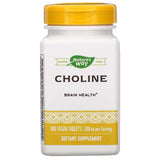



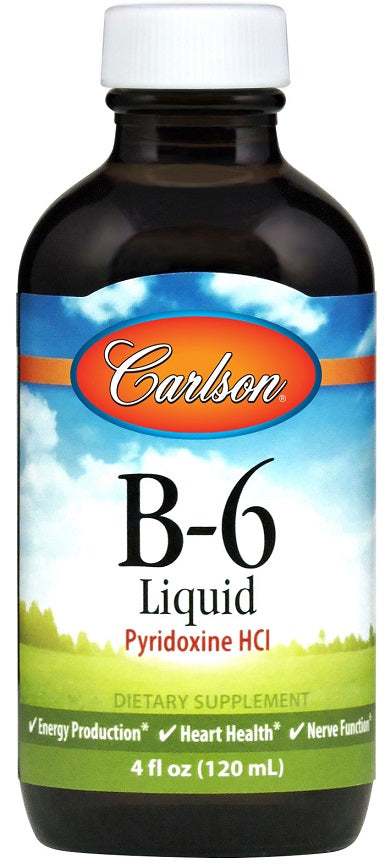


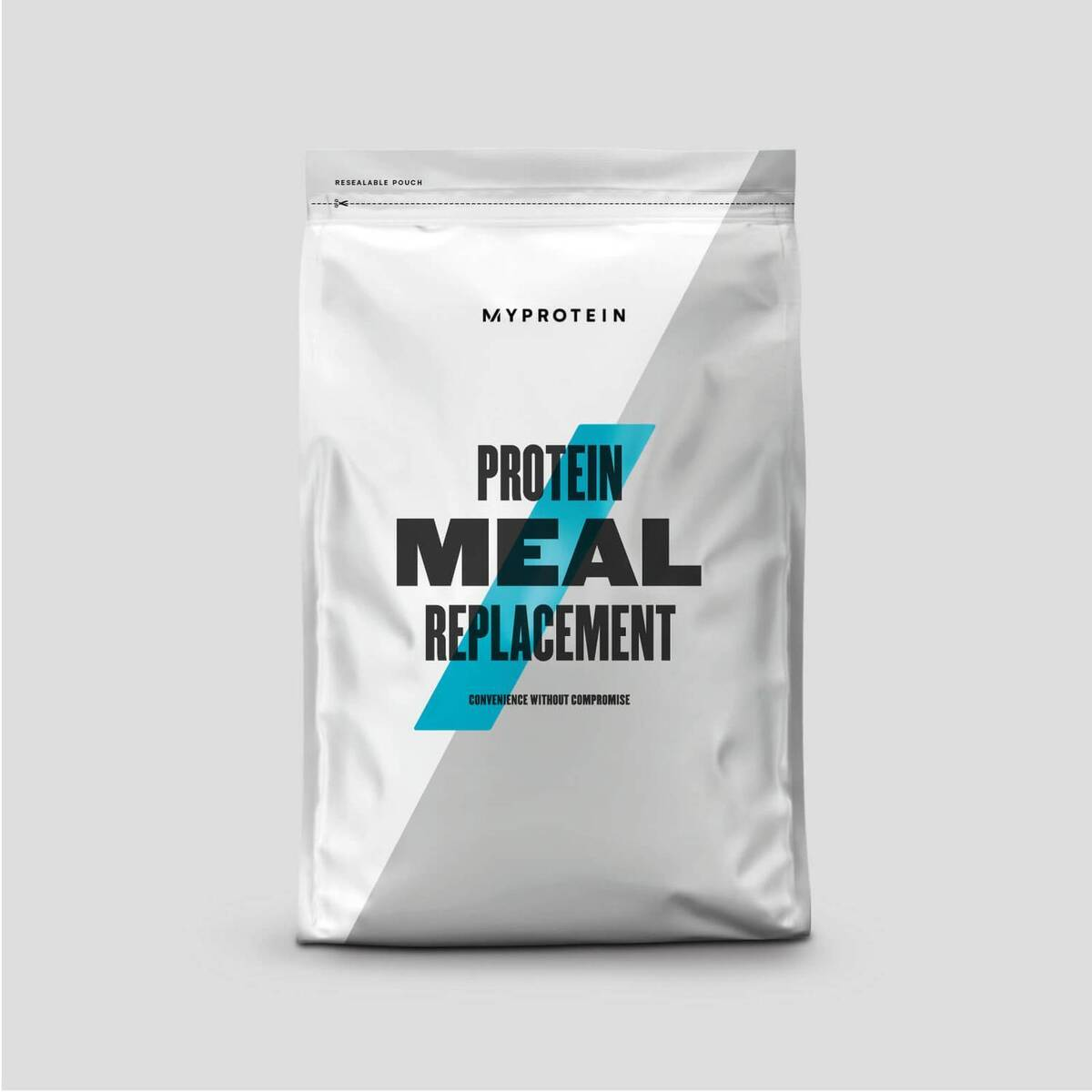
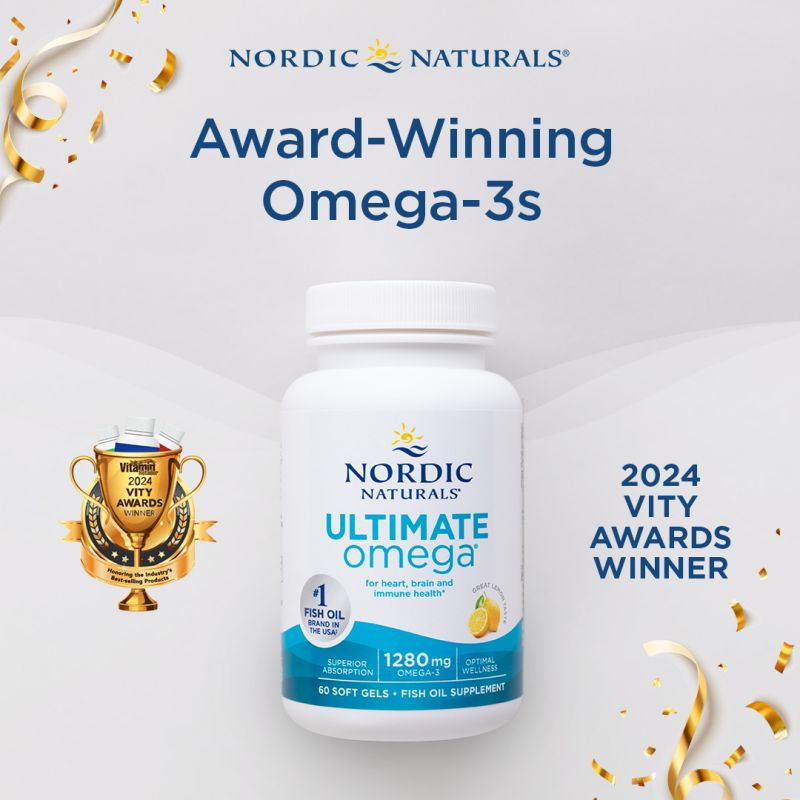
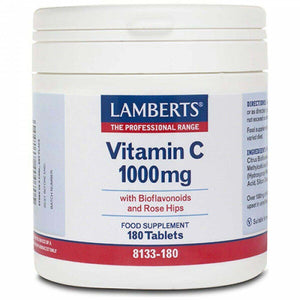



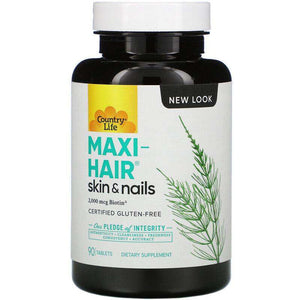

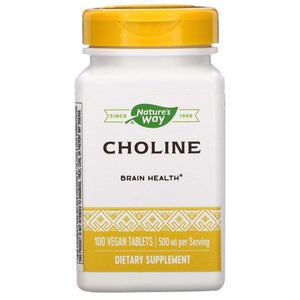


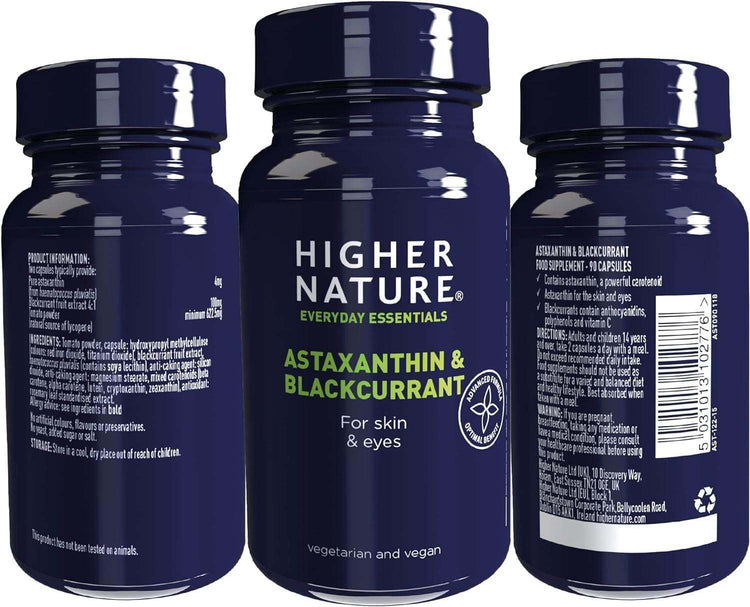





 Rated Excellent by 26,523+ Reviews
Rated Excellent by 26,523+ Reviews